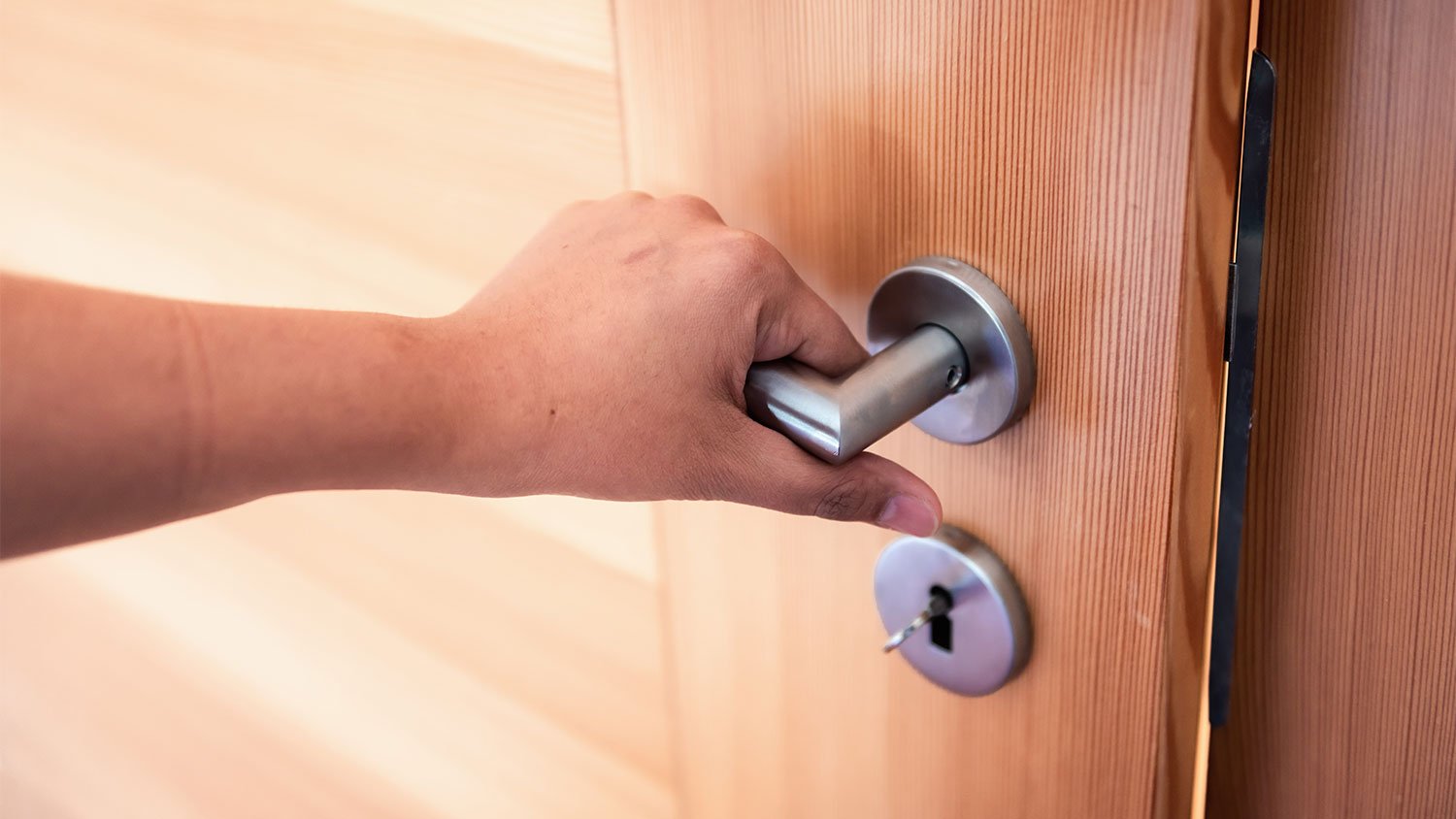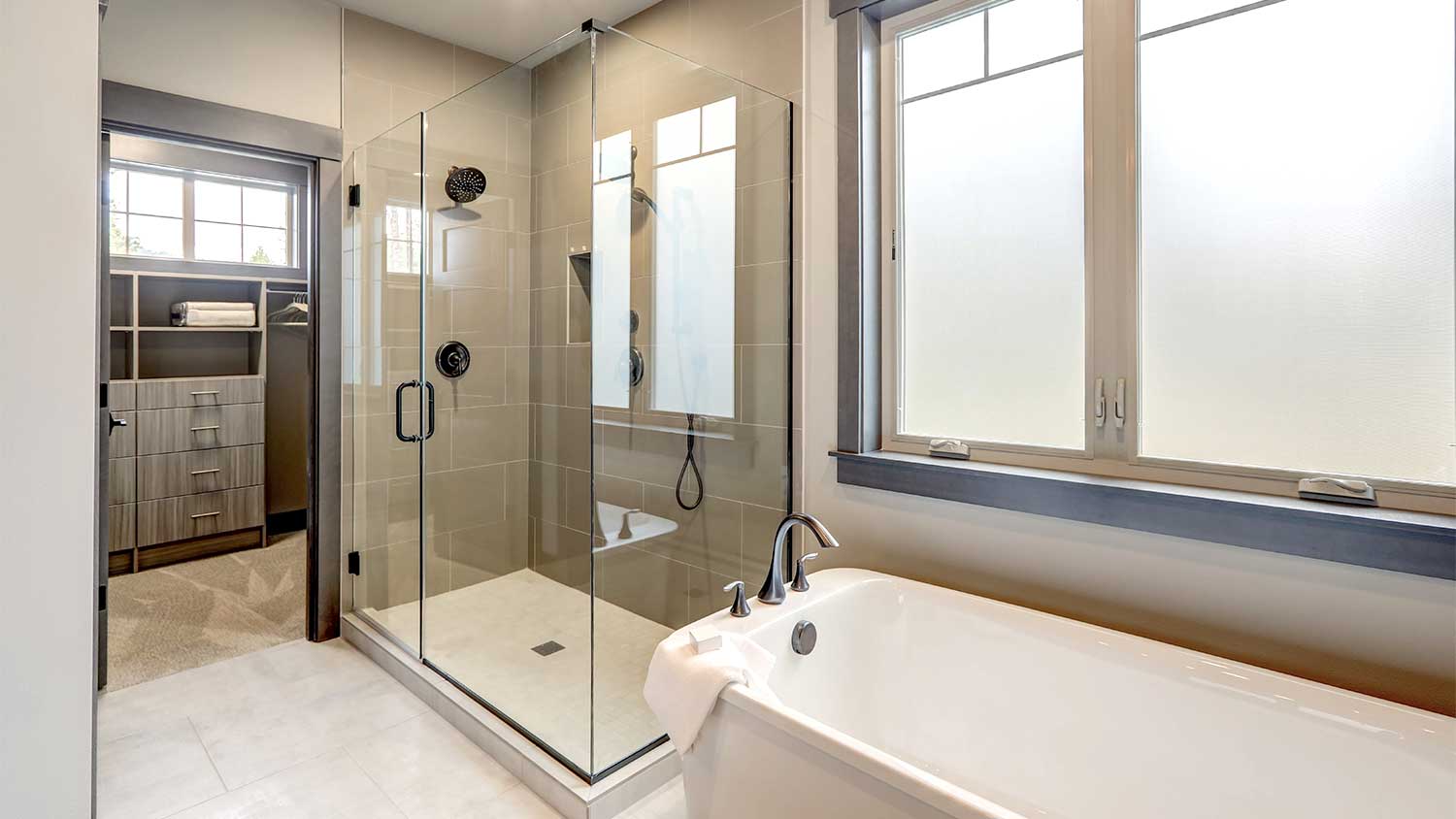9 Common Accessible Home Remodeling Projects to Increase Safety and Comfort
Embrace universal design for increased accessibility


Bathrooms pose the highest risk of injury and are one of the most crucial remodels.
Stairlifts bring independence to those living in multi-story homes.
A home remodeling pro can widen doorways to make it easier to get around your home.
Remodeling a home so that it's accessible and safe for people with disabilities or those aging in place can boost independence, comfort, and quality of life. Accessible home remodeling projects like installing ramps and stairlifts or widening doorways are just a few ways to make a home more livable for people with disabilities. Here's a look at some of the top remodeling projects to consider if you want to make your home more accessible.
1. Install Stairlifts
Stairlifts provide crucial accessibility for people with limited mobility to navigate between floors safely. Motorized chairs glide along a rail attached to the stairs, offering a reliable solution for homes with multiple levels. Stairlifts reduce the risk of falls and strain from using stairs. They're also customizable to fit various staircase designs.
2. Update the Bathroom
Bathrooms can be one of the most dangerous areas for falls and are a must on every home accessibility checklist. Installing grab bars near toilets and in showers provides stability, reducing the chance of slipping. Roll-in showers and walk-in tubs allow wheelchair access and easy entry, while comfort-height toilets minimize joint strain. These updates ensure the accessible bathroom is safe and functional for people with disabilities or those aging in place.
3. Install Ramps
Ramps are a fundamental part of how to make a house wheelchair friendly. Replacing stairs with ramps at entryways and within the house provides easier navigation for people with mobility challenges. Ramps can be permanent or portable, depending on the home’s needs. When designing ramps, ensure they meet proper incline ratios for safe use. A local wheelchair ramp company can install this for you.
4. Widen Doorways
Widening doorways is a key remodel for increasing accessibility, particularly for wheelchair users. Standard doorways may be too narrow, making it difficult to maneuver a wheelchair or walker. Expanding doorways to at least 32 to 36 inches ensures smoother transitions between rooms. A local remodeling contractor can do the work to widen the doorways around your home.

5. Lower Countertops, Sinks, and Cabinets
Lowering countertops, sinks, and cabinets makes kitchens, bathrooms, and laundry rooms more accessible to individuals with limited reach. In the kitchen, lower countertops allow for easier food preparation and cleaning. Bathrooms with lowered sinks ensure comfort during daily hygiene routines. Lowering cabinets makes storage more reachable without requiring excessive bending or stretching.
6. Install Non-Slip Flooring
Non-slip flooring is a crucial safety measure, particularly in moisture-prone areas like bathrooms, kitchens, and entryways. Choose slip-resistant materials, such as rubber or textured tile, to help prevent falls. Hallways and living areas also benefit from non-slip flooring, especially for individuals with mobility issues. These materials provide better traction, reducing the likelihood of accidents and making the home safer, and is an important renovation on an aging-in-place remodeling checklist.
7. Update Lighting and Outlets
Updating lighting and electrical outlets improves both visibility and convenience. Well-placed lighting reduces the risk of falls and accidents, particularly in hallways, staircases, and bathrooms. Motion-activated lighting is ideal for improving accessibility. Lowering light switches and raising electrical outlets to wheelchair height enhances independence for people with limited mobility.
8. Install Lever-Style Door Handles

Lever-style door handles are much easier to operate than traditional round knobs, especially for individuals with arthritis or limited hand strength. The handles require less force and can be operated with an elbow or forearm if necessary. Lever handles are also a more universally designed option, making them suitable for people of all abilities and improving the home’s overall accessibility.
9. Install Smart Home Technology
Smart home technology, such as voice-activated assistants, automated lighting, and smart thermostats, offers an effortless way to control home functions. Smart thermostats allow people with limited mobility to easily adjust the home’s temperature without needing to manually reach the device. These systems provide hands-free control and can be customized to meet the specific needs of people with disabilities, ensuring that the home remains accessible and comfortable.
“The Americans with Disabilities Act (ADA) has a set of recommendations and requirements for commercial buildings. They do not need to be followed in a residential home—but they’re really good ideas. I use most of the ADA guidelines as a template for home accessibility. An accessible home doesn’t necessarily need to look industrial like it does in a public building. Some manufacturers make some beautiful stuff that you wouldn’t even know are designed for accessibility.”
— Gregory Pittman, Director of Commercial Painting Services at Five Star Painting
Frequently Asked Questions
Americans with Disabilities Act (ADA) refers to a set of legal standards and guidelines designed to ensure that public spaces, businesses, and certain private facilities are accessible to people with disabilities. It specifies requirements such as door widths, ramp slopes, and restroom accessibility—but it doesn’t apply to private residences.
Accessible is a broader, more flexible term that refers to any space or design that is usable by people with disabilities, regardless of whether it meets strict ADA compliance. Accessible spaces aim to be functional for diverse needs, but they may not always adhere to ADA regulations.
Depending on the type of renovations needed, the cost to build an ADA bathroom ranges between $700 and $8,050. On average, most homeowners pay around $4,375 for this remodel. This type of remodeling requires following strict ADA accessibility guidelines to ensure a universal design.





- Bathroom Remodeling
- Kitchen Remodeling
- Shower Installation
- Stair Installers
- Bathtub Installation
- Shower Door Installers
- Kitchen Design
- Bathroom Design Companies
- Storm Shelter Builders
- Pre-Made Cabinets
- Kitchen Refacing
- Bathtub Replacement
- Ceiling Tile Installation
- Suspended Ceiling Companies
- Residential Designers
- Stair Builders
- Remodel Designers
- Shower Enclosures
- Home Renovations
- Kitchen Renovations
- Garage Remodeling
- Grab Bar Installation
- Walk-In Tub Installers
- Tub to Shower Conversion
- Balcony Contractors










